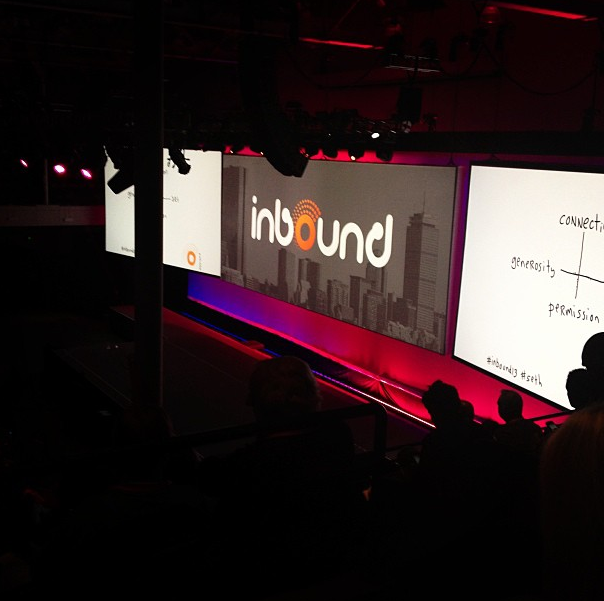Subscribe now and get the latest podcast releases delivered straight to your inbox.
 Selling your CEO on a new concept is no cake walk.
Selling your CEO on a new concept is no cake walk.
While you may be 110% sold on adopting an inbound marketing approach, it's likely that your business' decision maker may need a little more to persuade them than just your word.
I remember when I was about eight years old my mom was the closest thing I had to a CEO.
When I asked for a horse for my birthday that year I was met with a "no way". Instead of settling for no, I presented her with a paper-mâché horse I made out of a paper towel roll and some yarn. I promised to prove my level of responsibility by taking care of my DIY horse in the same way that I would a real one.
Long story short, I never got my horse, however I did manage to put forth a thoughtful proposal in an attempt to prove my dedication to my mom..I mean CEO.
The moral of the story here is that more than often your CEO will challenge your proposal, therefore if you're serious about transitioning to inbound marketing you must be prepared to explain why and how it works.
To ease your marketing proposition, we've detailed three different inbound marketing efforts that are worthy of your CEO's trust and compliance.
Aligning Sales and Marketing
Strong inbound marketing seeks to integrate both sales and marketing efforts in order to create "smarketing".
While the relationship between the two teams is commonly estranged in terms of traditional marketing approaches, the disconnect can be damaging to the success of their collective efforts.
What many businesses are failing to recognize is that by simply uniting the two departments they can achieve a significantly improved business performance.
Why?
It's no secret that marketers are responsible for creating content designed to generate leads. While sales needs leads, they're not interesting in just any old prospects. If marketing has the right information in their corner, they are more apt to generate qualified leads that are in turn easier for your sales team to nurture and close.
This type of unified streamlining will ultimately improve your business' marketing ROI, and contribute to an increase in sales productivity.
Positioning The Right Content in the Right Places
Content serves as the fuel for successful inbound marketing. While us marketers toss this term around a lot, it's worth noting that we use the term fairly loosely.
Content isn't just a blog article, and it's not just an ebook. Content refers to blog articles, ebooks, images, videos, infographics, illustrations, case studies, podcasts, newsletters, whitepapers, memes, tweets, pins, and posts...just to name a few.
While your CEO might think that you have a handle on this whole "content" thing, we're sure that you know better than that.
While you may be producing content now, it's likely that a) you're not producing enough of it b) you're not positioning it correctly.
When it comes to content creation, you want to focus on quality over quantity, however, quantity contributes to the overall success of your efforts nonetheless. With an unfathomable amount of content buzzing around the Internet, you've got to do more than just produce content that exists.
The way you position your content is highly contributive to the way in which it performs.
In a recent study, Google found that a full 90% of all media interactions are now screen-based, meaning that they take place on a smartphone, laptop, PC, tablet or TV. For inbound marketers it comes as no surprise that radio and print now account for only 10%. (Source: Google) If your CEO still values good old fashion snail mail, he or she must be introduced to this statistic!
Practicing Effective Optimization
Inbound marketing efforts see the most success when they are optimized according to the wants, needs, and behavior of your business' buyer personas.
With the introduction of conversational search options like the friendly voice of iPhone, Siri, long-tail keywords and question-based searches are becoming increasingly more common. What this means for marketers is that your content must be optimized to provide an answer or solution for the questions that your personas are posing.
Any inbound marketer will tell you that 2013 threw traditional SEO for a loop. After the implementation of Google's Hummingbird update, keywords have lost a bit of their significance. If your CEO is still hung up on dated optimization strategies, he or she needs to know how they are negatively effecting your page's performance.
Additionally, it's likely that your dated optimization strategies are failing to recognize the significant role that mobile now plays in terms of optimization. If your business does not have a strong, functional mobile interface it won't stand a chance in the search engine results pages.


Order Your Copy of Marcus Sheridan's New Book — Endless Customers!

